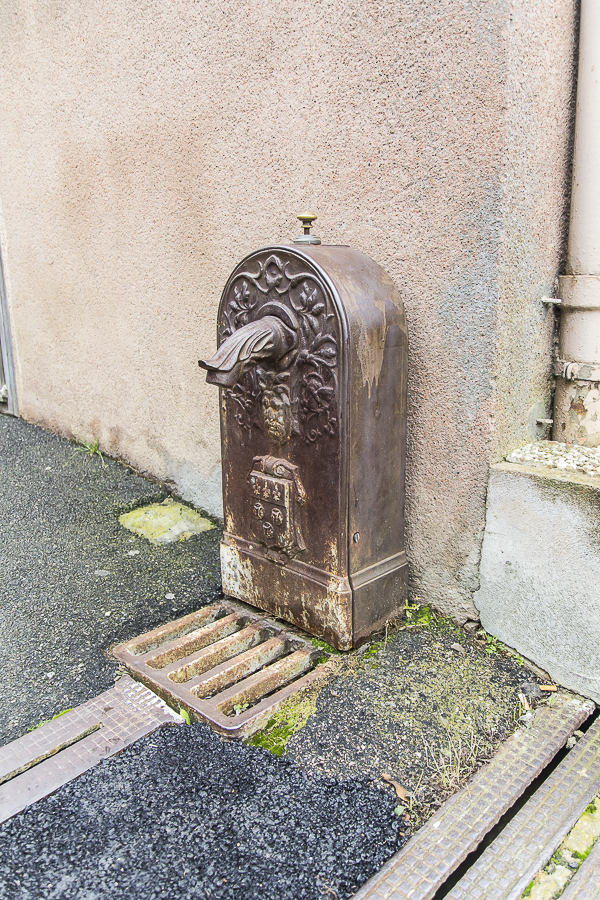When you enter a city – perhaps the one you are in right now, you probably spend quite a bit of time looking up at the architectural details above the shop level. I do that a lot and often find that that is where the history is, where the story reveals what shaped the city into what it is today. And often it is where I find the most interesting things to photograph.
But how many of us take the time to look down at our feet too? Imagine, for a moment, the city as a giant living organism – it has to sustain all those people in order that they can live and work within a few square kilometres of each other.
People need water – and lots of it, and air handling systems so that enclosed buildings can sustain the lives within, as well as heat for food and light and power and communication systems as part of a great social network, and the waste systems so that the city doesn’t become clogged with unspeakable filth and grind to a halt.
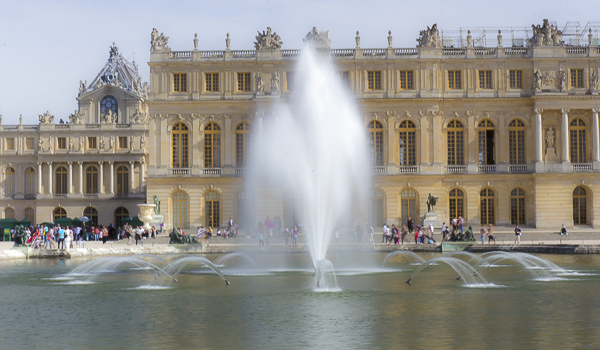
These necessities are so essential that the Ancient Greeks distilled them down to four fundamental elements: Earth, Air, Fire and Water. Plato was possibly the first to record these elements in his Timaeus, where he talks about the nature of the cosmos.
Ironically, these also map onto the fundamental services that keep a city alive. The services are embedded in the earth beneath our feet.
We have gas mains (air) that provide heat for our fast and slow food, and keep the city warm in winter.
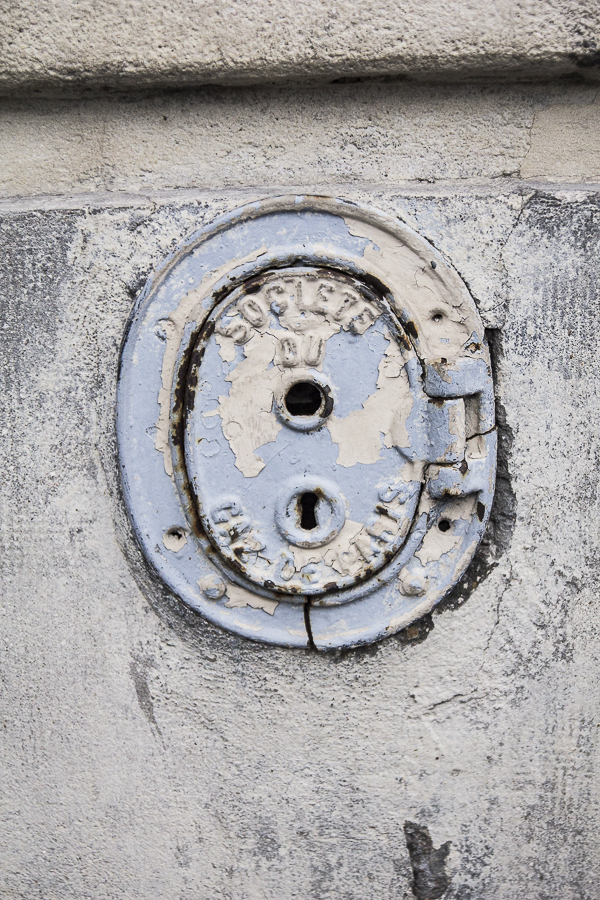
We have electricity cables (fire) that supply our lights and cool our air conditioners and increasingly are starting to power our transport systems.
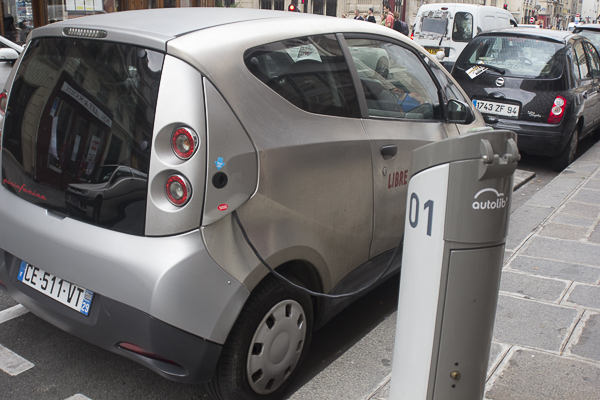
And we have water mains and sewers to bring us fresh potable water and remove our waste.
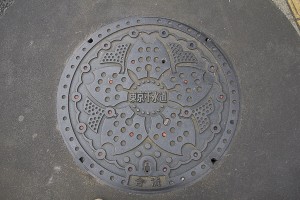
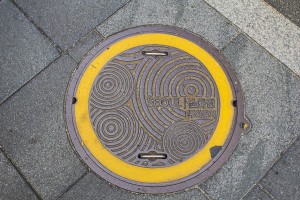
You can check out a glossary of Japanese manhole covers here if you are in Japan you will find they are very varied with some great designs on them.
If any of these systems breaks down for more than a few hours or days, the city stops functioning.
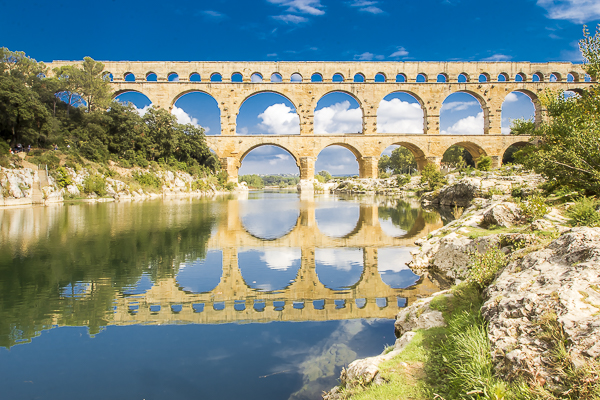
Ancient Rome wasn’t destroyed by Hanibal, but by the destruction of the nine or so aqueducts that supplied the city with water. From that point on the city was finished – and halved its population within months and within a decade was falling into ruin.
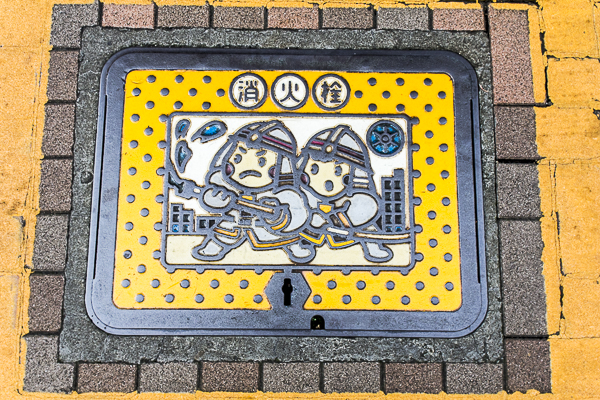
And so it is today. When the Great Fire of Canberra (2003 Bushfire) unleashed its firestorm, the biggest threat was not the visible one, but the combination of a contaminated water supply and the burning of the electricity substation that powered the sewage treatment plant. It was a race against time to restore power there. Without it, Canberra had only ten days before the sewer storage system backed up into people’s houses.

Cities look so permanent, don’t they? Yet beneath all that concrete and glass, everyone is reliant on a few fundamental systems to keep everything and everyone alive and functioning. Earth, Air , Fire and Water.
So next time you are out in a city, or town, take a moment to look down at all the manhole covers and service access points – many have unique designs – and consider how they help sustain life within the urban landscape. And let me know what you find in the comments below 🙂

